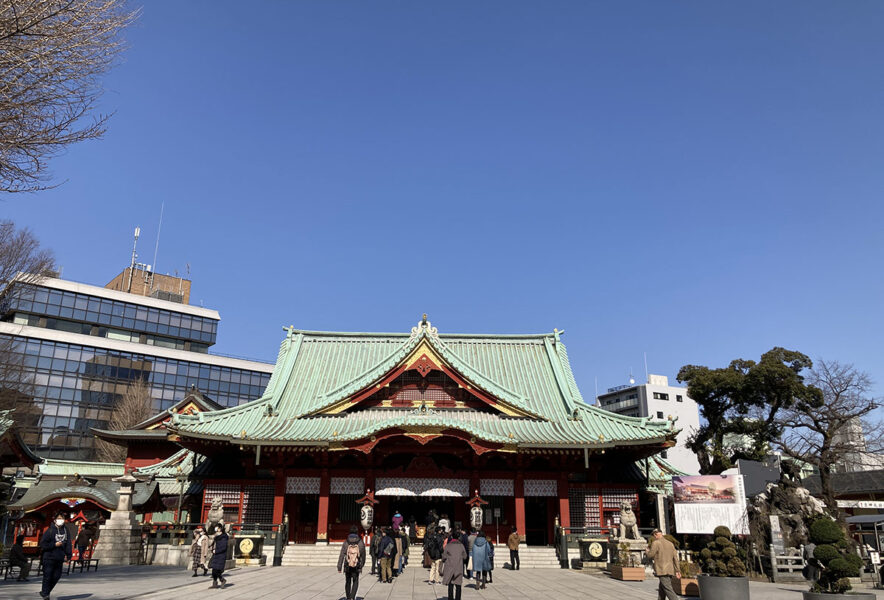“Kanda Myoujin,” located in Sotokanda, Chiyoda Ward, Tokyo, has a history of 1300 years. It is the local deity of the Tokyo 108 Town Counci. The council includes Otemachi, Marunouchi, Kanda, Nihombashi, Akihabara, and Tsukiji Fish Market, which could be said as the center of the Japanese economy. Its official name is “Kanda Jinja,” but is well known as “Myoujin-sama.”
Kanda Myoujin is known as one of the most famous spiritual sites in Tokyo, said to have protected not only the townspeople but also the Shogun family during the Edo period. It is a popular shrine to visit not only for the locals but also for tourists in and outside of Japan
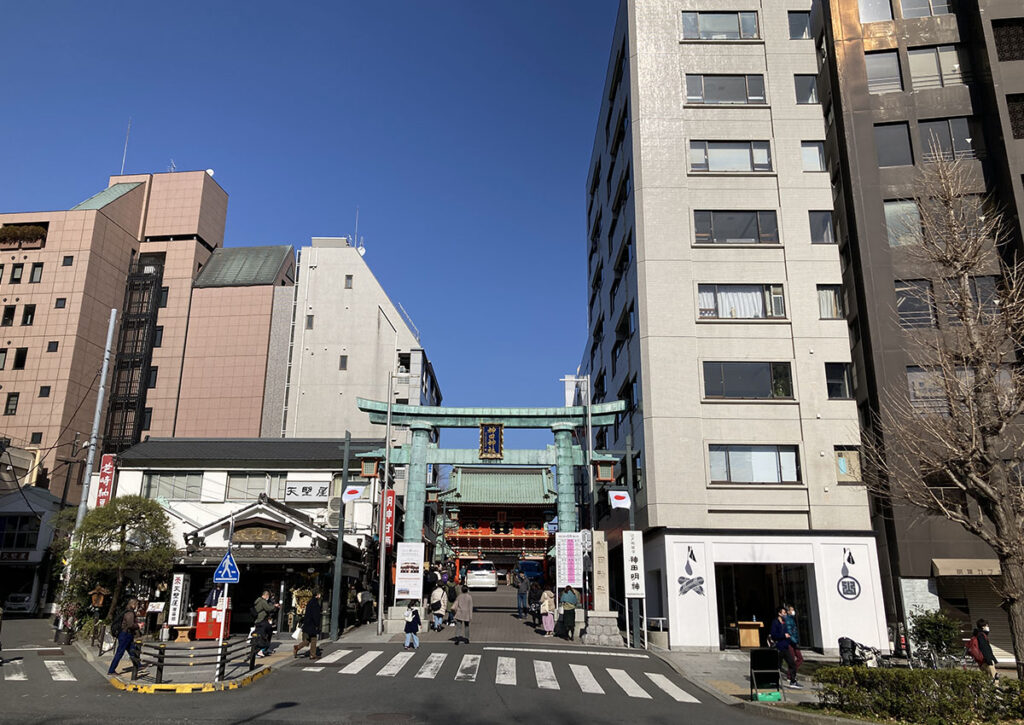
History of Kanda Myoujin
Ieyasu Tokugawa Prayed Here for Victory Before the Battle of Sekigahara
Kanda Myoujin was built in the year 730, dating back to the Nara period. During the decisive Battle of Sekigahara (1600), Ieyasu Tokugawa prayed at Kanda Myoujin for the victory of the battle. After winning the battle, Kanda Myoujin was worshipped by the Edo Shogunate.
After its relocation to its present place in 1616, Kanda Myoujin has been worshipped by a variety of people from the townspeople to the Shogun family as the “General Guardian of Edo.” In the modern era, many people visit Kanda Myoujin to pray for luck at work and prosperity in business as a shrine located in the economic center of Japan.

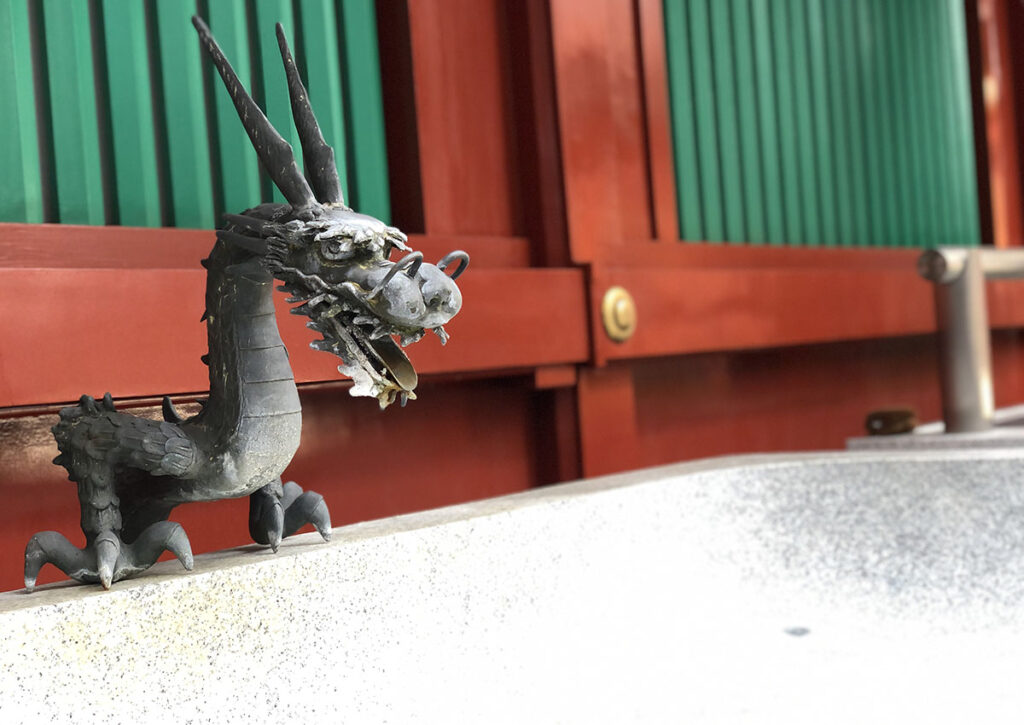
Sights to see of Kanda Myoujin
Zuishinmon
Walk along the path to the shrine and the large gate painted in vermillion that you see after the bronze-colored torii gate is the Zuishinmon. The gate has the purpose of purging evil from entering the shrine and was rebuilt in 1975 to commemorate the 50th Anniversary of Emperor Showa’s ascension to the throne.
The bright vermillion and gold leaves are a beauty. On the outside of the gate are the Four Deities (Suzaku, Byakko, Seiryu, Genbu), and on the inside, sculptures from the myths of Daikoku-sama are decorated, such as the “White Rabbit of Imba.” The “Hamba” sculpture on the second layer covered in gold derives from the Lord Taira-no-Masakado.
Don’t forget to clean your hands at the Temizusha, located on the left side of the gate before entering.
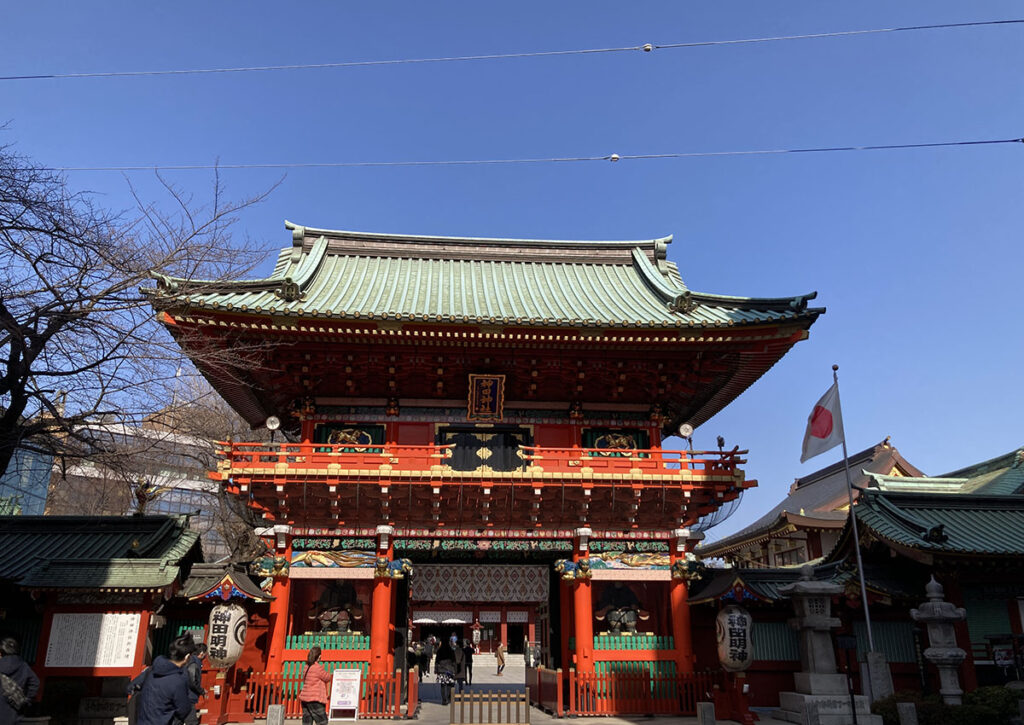
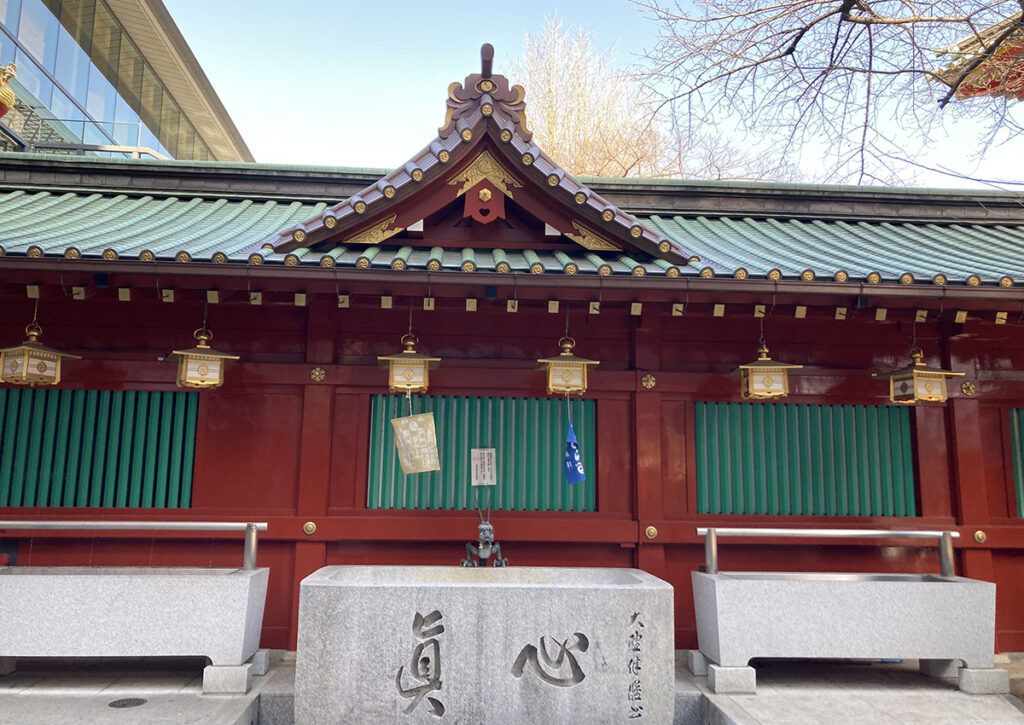
Goshinden
The Edo-like Goshinden, lacquered in vermillion, was rebuilt in 1934. The Goshinden, representing the late Edo period, was destroyed by fire from the Great Kanto Earthquake (1923). It was rebuilt using steel-framed reinforced concrete, which was revolutionary at the time.
During the Great Tokyo Air Raid of World War 2, the city was burnt to the ground, and most of the structures in the precincts were destroyed. Only the Goshinden, which was fireproof, endured the raid. Lord Taira-no-Masakado is enshrined in the Goshinden.
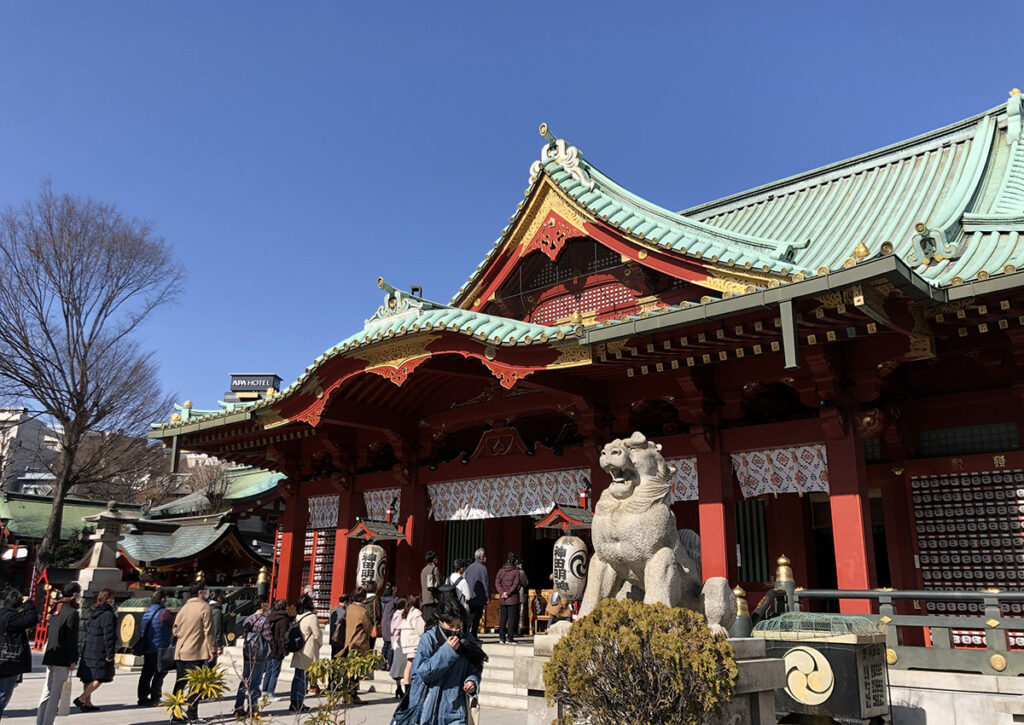
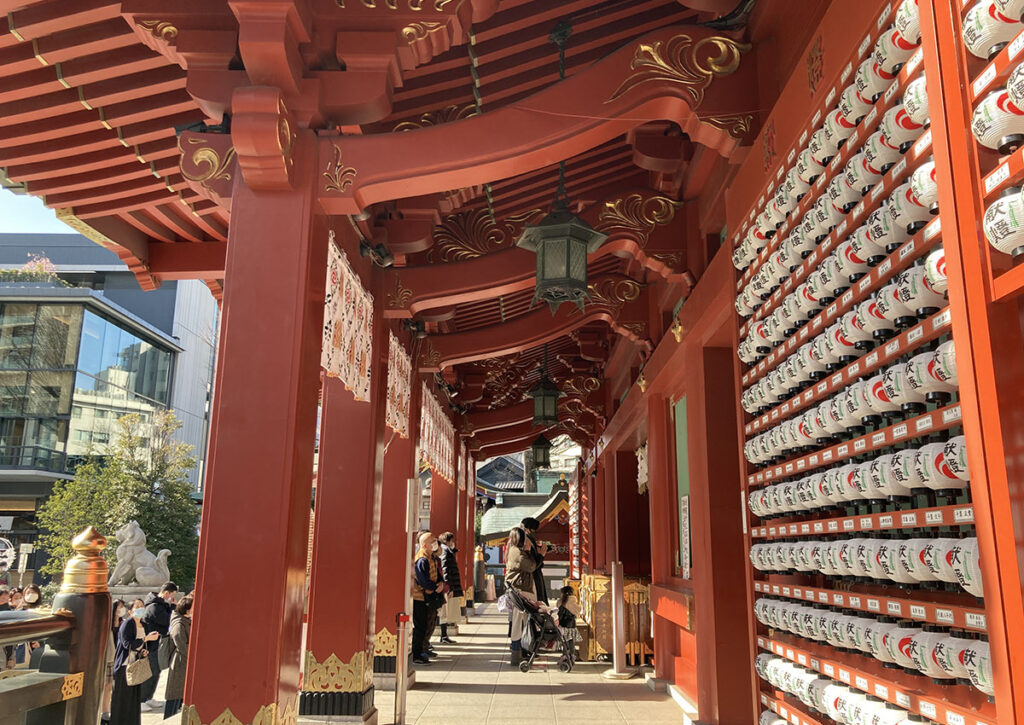
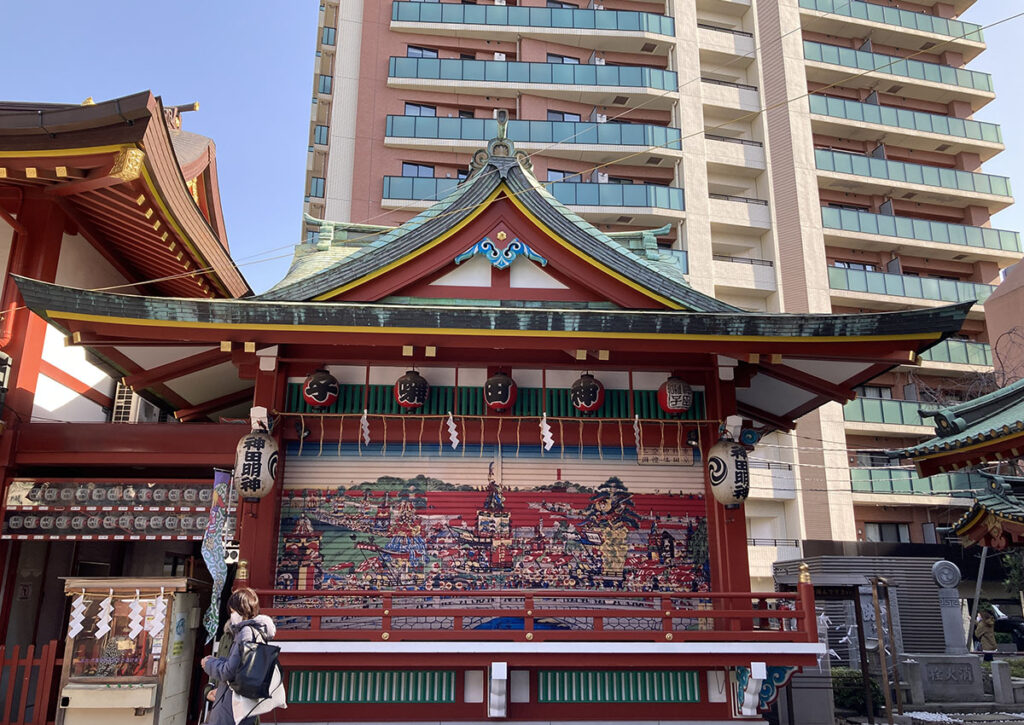
Daikoku-sama Statue
Statues shaped as the Shichifukujin (Seven Deities of Good Luck) are enshrined in the precincts. The “Daikoku-sama Statue,” which is said to bring blessings of good luck and fortune, is on the left side after passing the Zuishinmon. It has a height of 6.6 meters and weighs around 30 tons. It is the largest stone statue of Daikoku-sama in Japan.
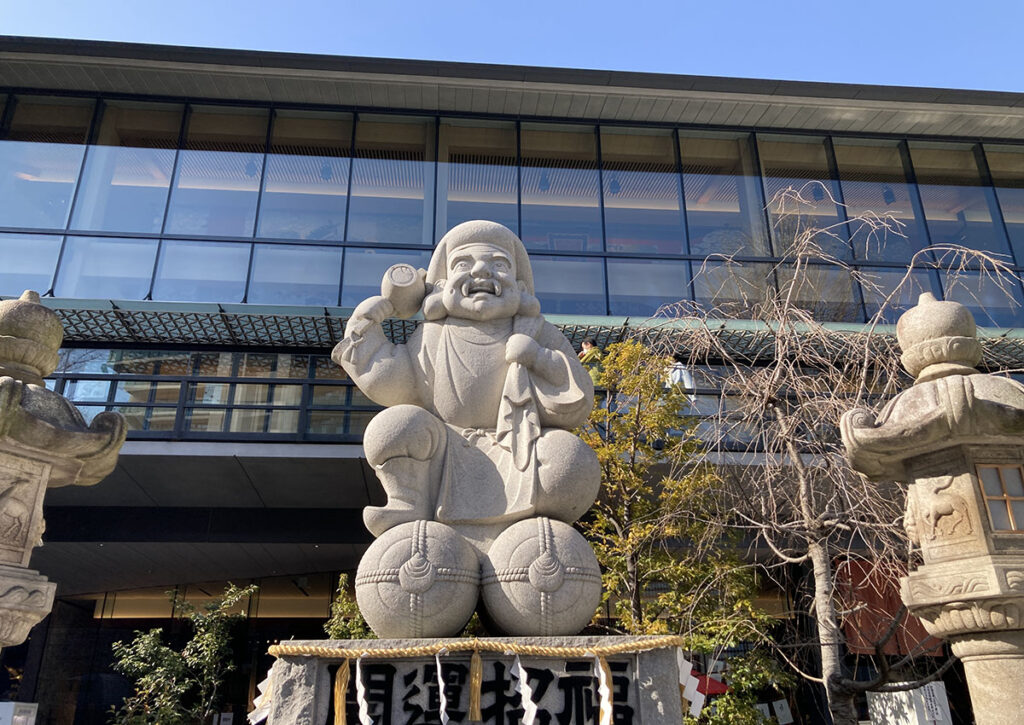
Edo Jinja (Edo Shrine)
Edo Jinja has a longer history than the “Kanda Myoujin,” and is worshipped by many people as the oldest local deity of Edo. In the shrine is the “Sengan Mikoshi,” and in its precincts, the Mikoshi (portable shrine) that is used in “Kanda Matsuri,” one of the Three Edo Festivals, is placed.
During the Kanda Matsuri, which is held in mid-May every two years, a large procession carrying the Mikoshi and other Hikimono (floats) parade through Kanda, Nihombashi, and Akihabara. Many people come to watch the procession.
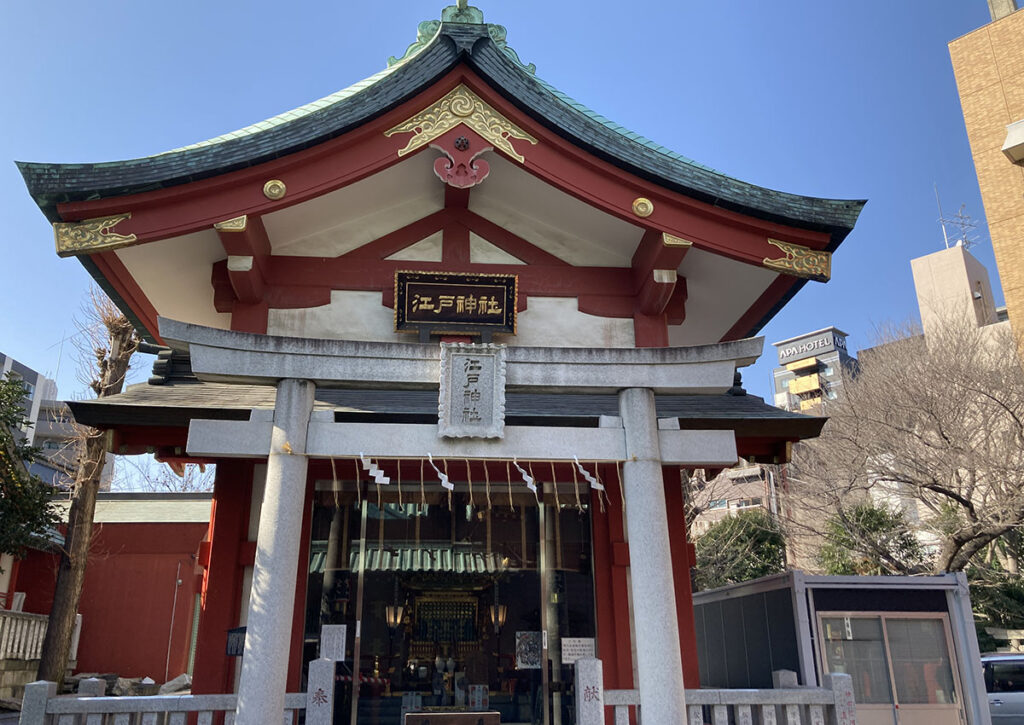
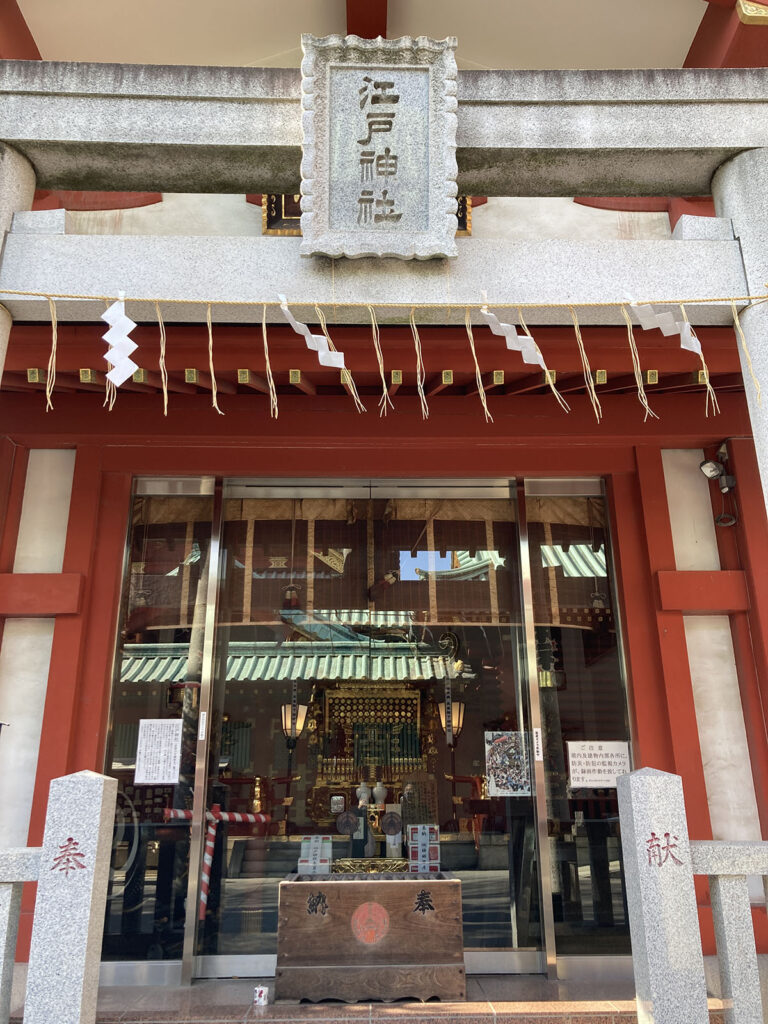
Shishiyama (Lion Mountain)
On the front right side of Kanda Myoujin, there is a large rocky hill called Shishiyama. On the hill are two large statues of Shishi lions, but have you ever noticed that there is a small shishi lion statue where the water flows between the rocks?
It represents the lion giving its child a trial by knocking it down to the bottom of the valley to help the child grow up. It is a scene from the Noh performance “Shakkyou.”
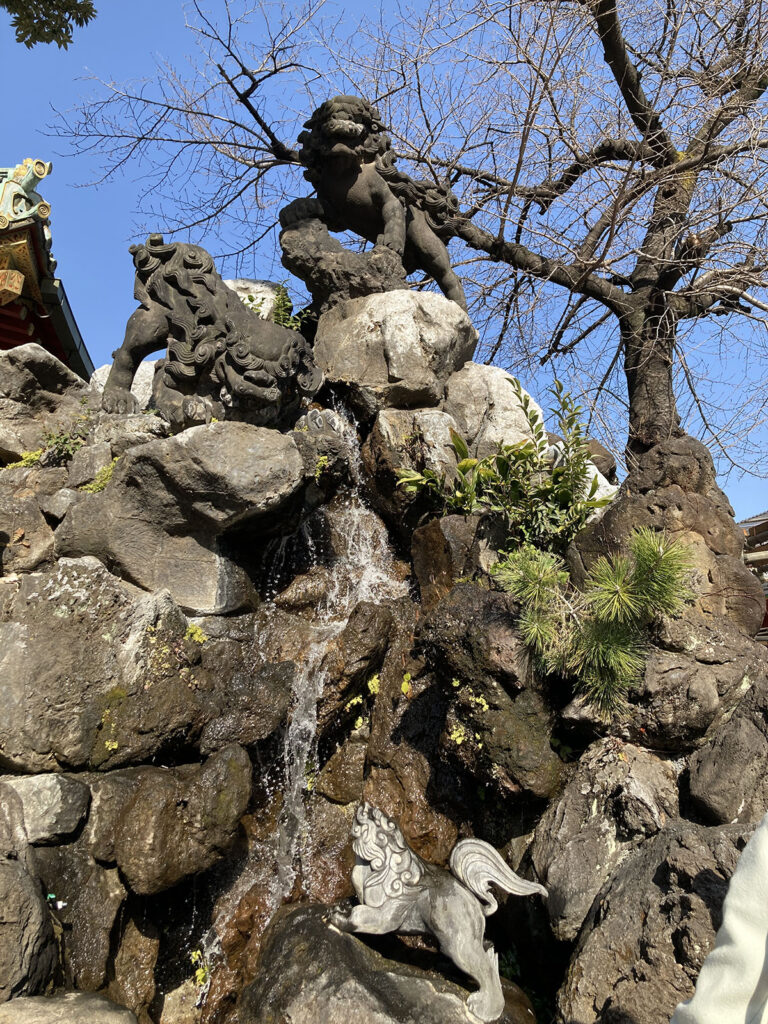
Kanda Myoujin Cultural Exchange Center “EDOCCO”
After a walk around the shrine, we recommend you stop by the Kanda Myoujin Cultural Exchange Center. It is a new facility built in 2018, right before the 1300th anniversary of the shrine.
It is a facility complex that includes a Shinto amulet handover station, a souvenir shop, restaurant, and even a multi-purpose hall. There is also a studio where you can experience traditional Japanese culture, a must-visit destination for tourists from abroad.

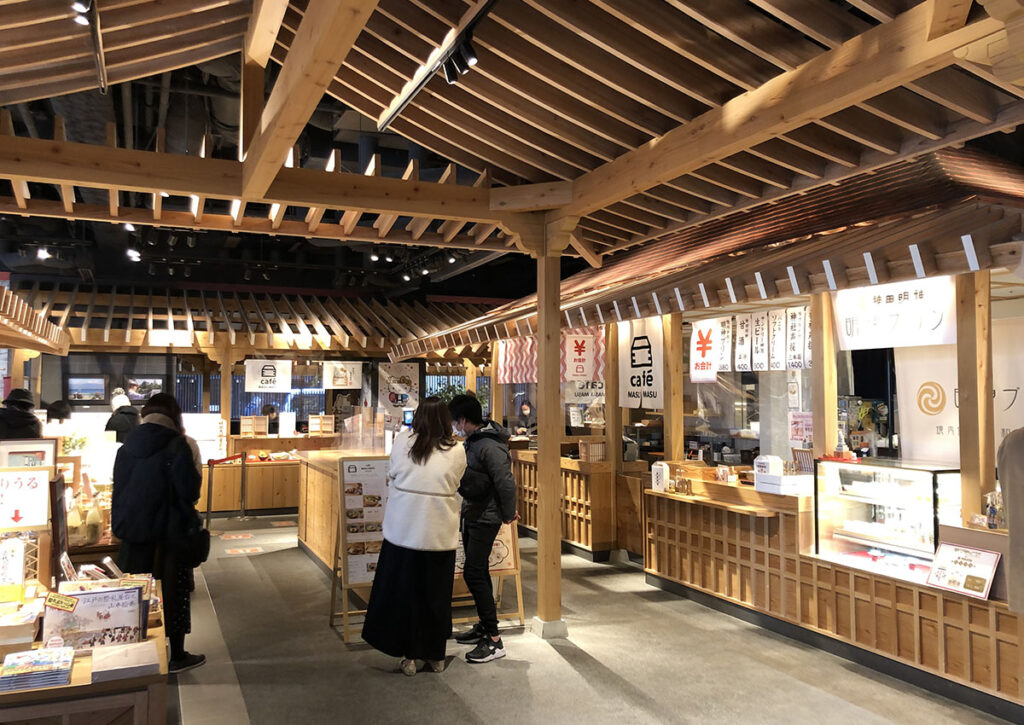
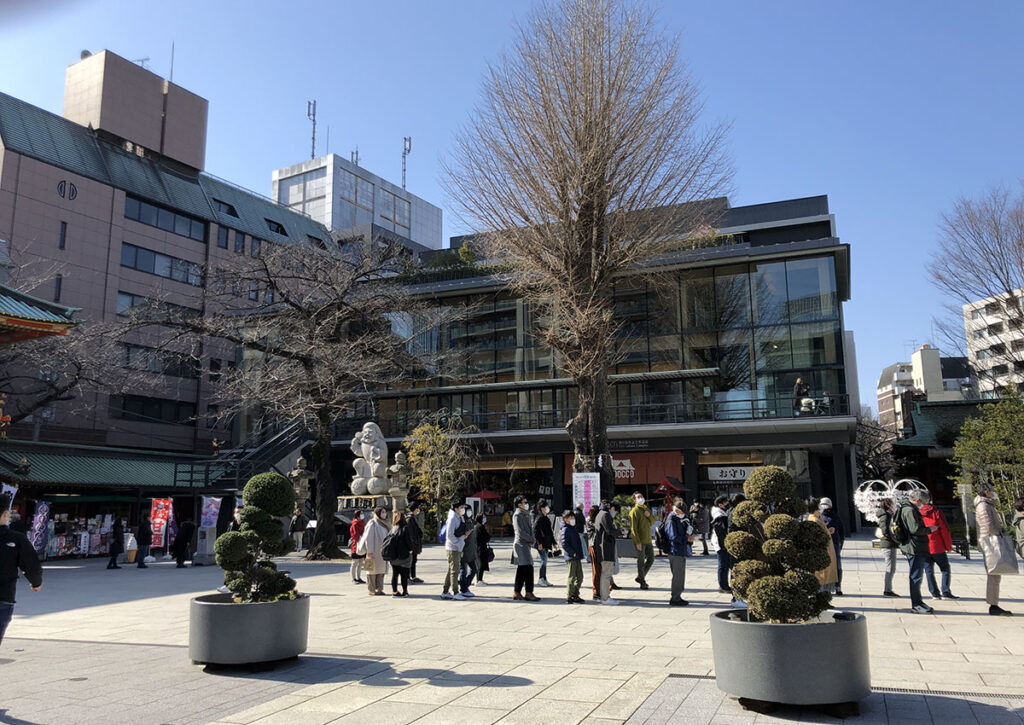
Also an Anime Sanctuary for Fans
Kanda Myoujin has a long history but is recently also a popular “sanctuary” of Anime fans from its appearance in the Anime series “Love Live,” taking place in Akihabara. Character goods that collaborated with the anime were sold, and many fans came to take pictures on weekdays and holidays.
At Night the Shrine Lights Up, Creating a Dream-like Atmosphere
The precincts of the shrine are open for 24 hours. You can freely visit Kanda Myoujin day or night. At night, 580 lights illuminate the precincts, creating a dream-like atmosphere. Why not experience Kanda Myoujin both day and night?
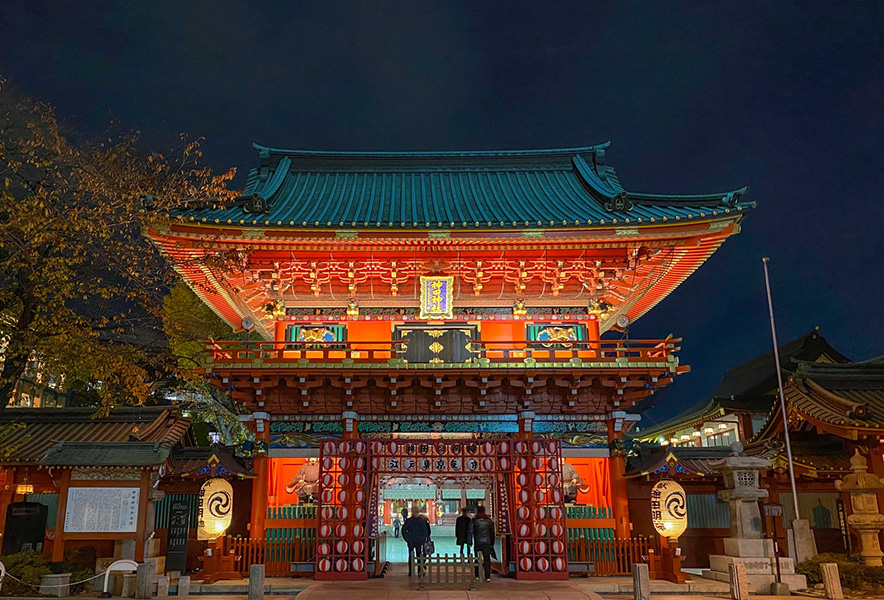
Access to Kanda Myoujin
2-16-2 Sotokanda, Chiyoda-city, Tokyo
TEL : +81-3-3254-0753
Parking around Kanda Myoujin
Kanda Myoujin Official Website
official site:https://www.kandamyoujin.or.jp/
